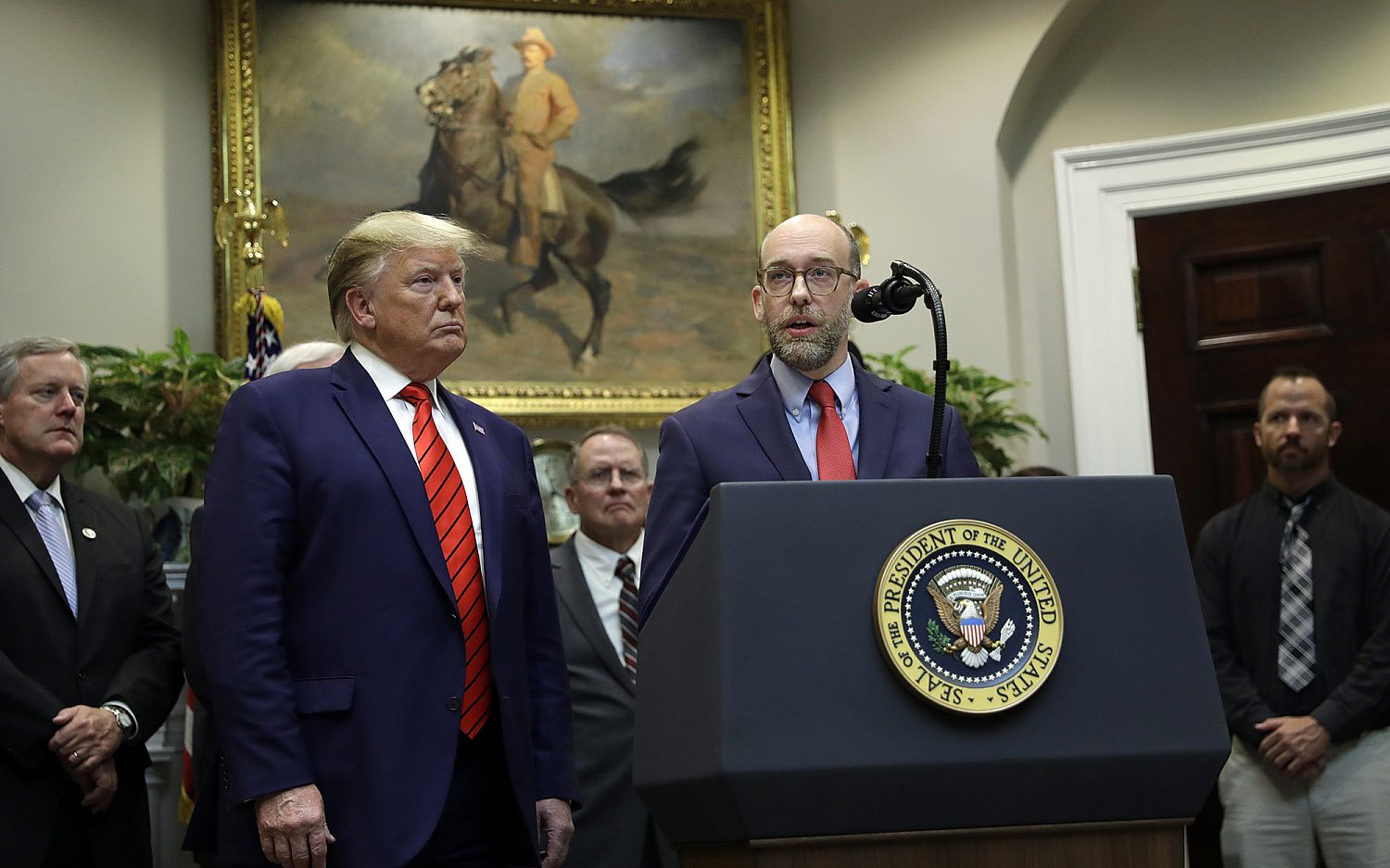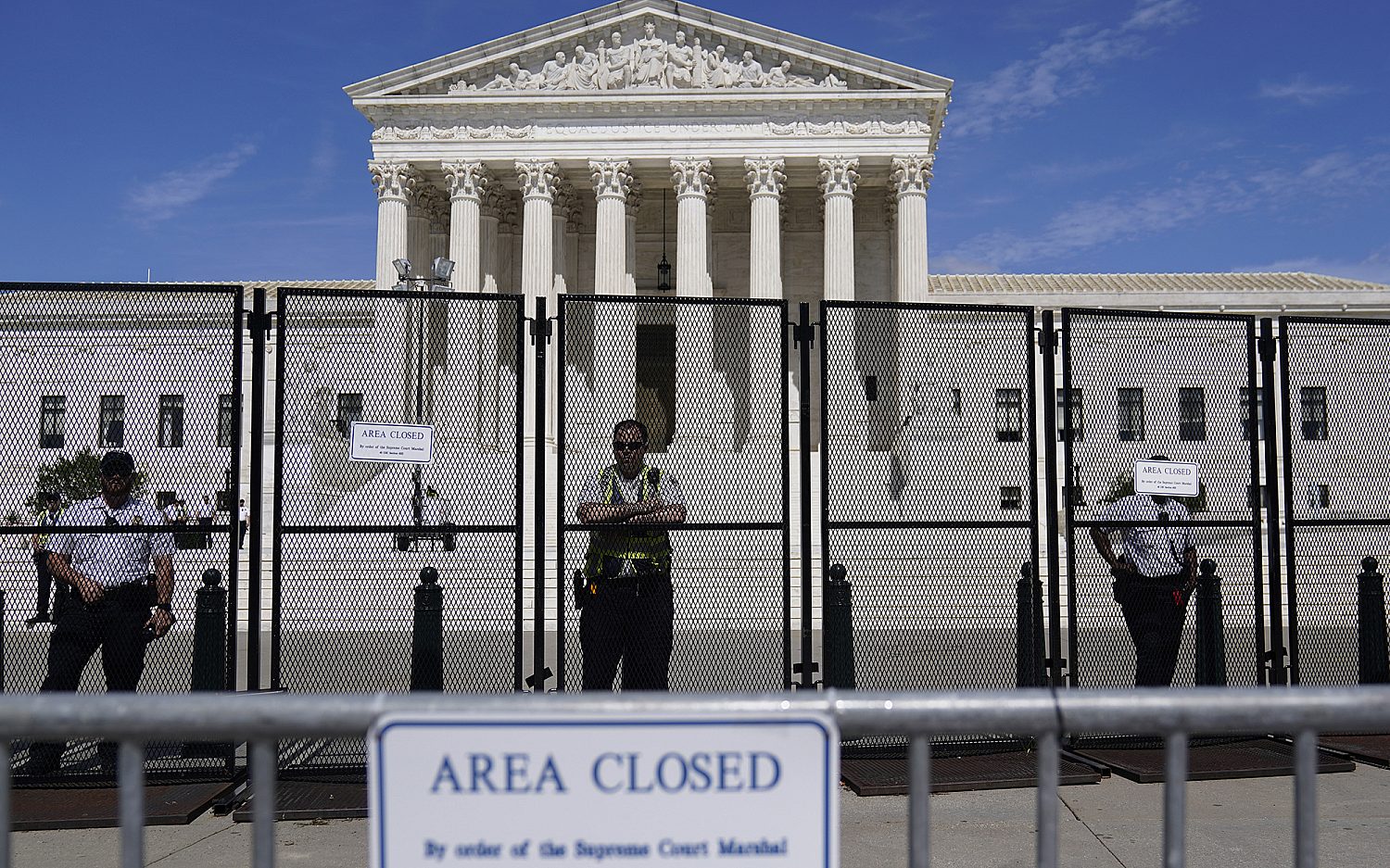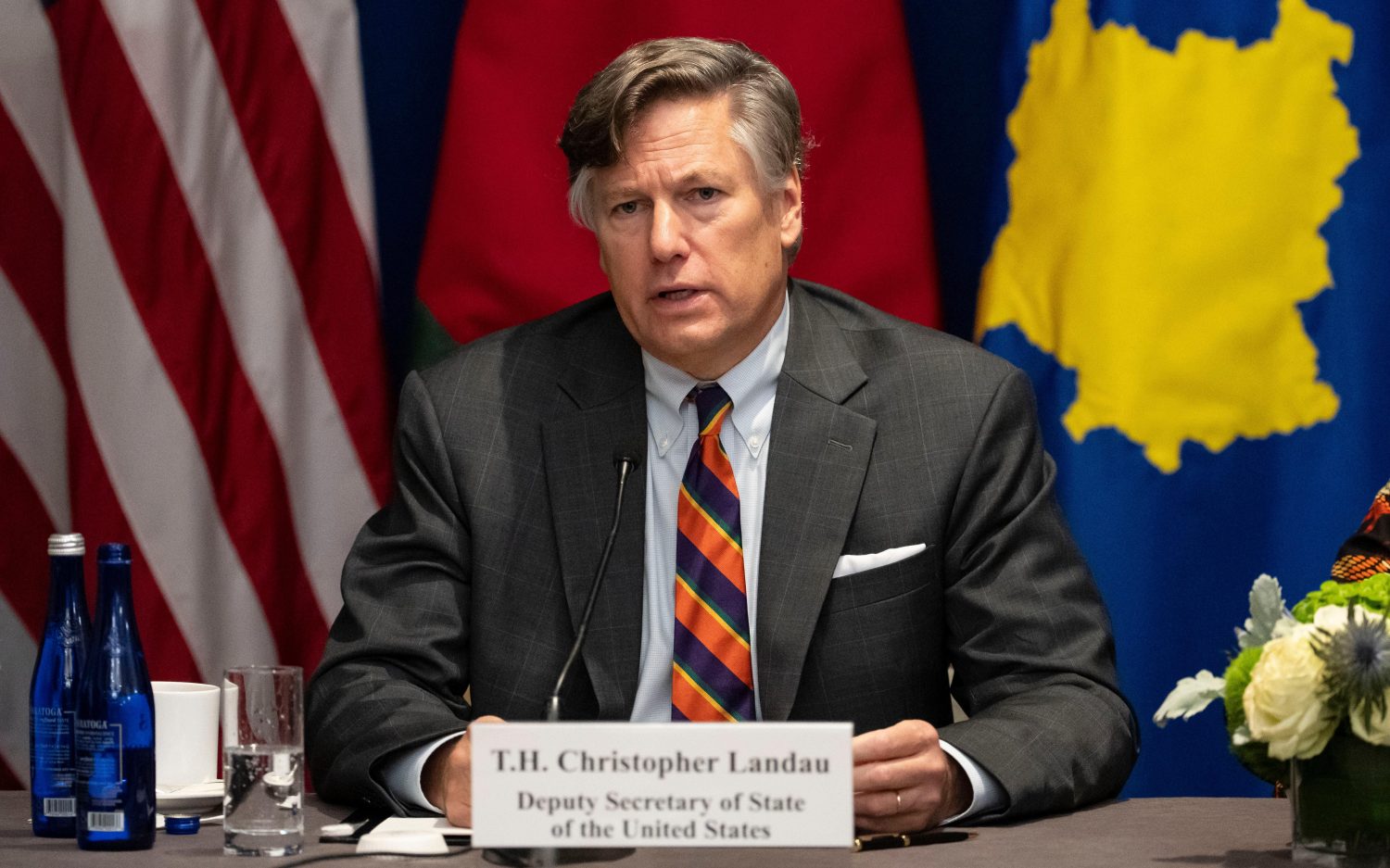Higher ed priorities
Virginia state colleges hike tuition as states across the country tighten higher ed budgets
Students heading to Virginia state colleges this fall should prepare to pay more for tuition.
The University of Virginia is raising tuition 8.9 percent, and Virginia Tech's tuition is increasing by 9.2 percent.
Tech's tuition and mandatory fees total $10,509 for in-state students, an increase of $920. Out-of-state students will have to pay $1,263 more, with a $24,480 price tag.
It's a little more expensive to go to UVa, with a $948 increase bringing in-state tuition to $11,576. Out-of-state tuition increased by $2,996, for a total of $36,570 per year. And that's not counting room and board, which increased by 3 to 5 percent at both schools.
And the State Council of Higher Education for Virginia is narrowing the definition for private schools that are eligible to participate in the state's Tuition Assistance Grant program. Over 21,000 full-time students at private, nonprofit universities, receive $2,600 per year in the current program.
"Legislatures are starting to rethink higher ed," Richard Vedder, director of the Center for College Affordability and Productivity, told the Washington Times. "If they have a choice between funding for the elderly or subsidizing the upper-middle-class kid to go to college … subsidizing the middle-class kid to go to college is a lower priority."
The University of Virginia is dealing with a $15 million budget cut, along with the loss of federal stimulus funds. Virginia Tech lost $13 million from the state and $21 million in federal stimulus funding. And with enrollment increases and rising inflation, both schools decided slashing administrative budgets wasn't enough.
The average public college tuition last year was $9,693, but tuition is increasing across the country. North Carolina State and North Carolina A&T are both raising tuition by over 6 percent. The University of Maryland is increasing tuition by 3 percent. And it could be much worse: the University of California is raising tuition by 18 percent after losing $650 million in federal funding.
Vedder told the Times that cutting funds to state universities carries a lot less political risk than cutting funds to K-12 education. While universities can raise tuition for students, school districts often raise taxes for everyone.
"At the time the tuition goes up, it affects 2 or 3 percent of the state's population," Vedder said. "If taxes go up, it affects 100 percent of the population. The K-through-12 lobby among the people is vastly greater."
The Associated Press contributed to this report.
An actual newsletter worth subscribing to instead of just a collection of links. —Adam
Sign up to receive The Sift email newsletter each weekday morning for the latest headlines from WORLD’s breaking news team.




Please wait while we load the latest comments...
Comments
Please register, subscribe, or log in to comment on this article.